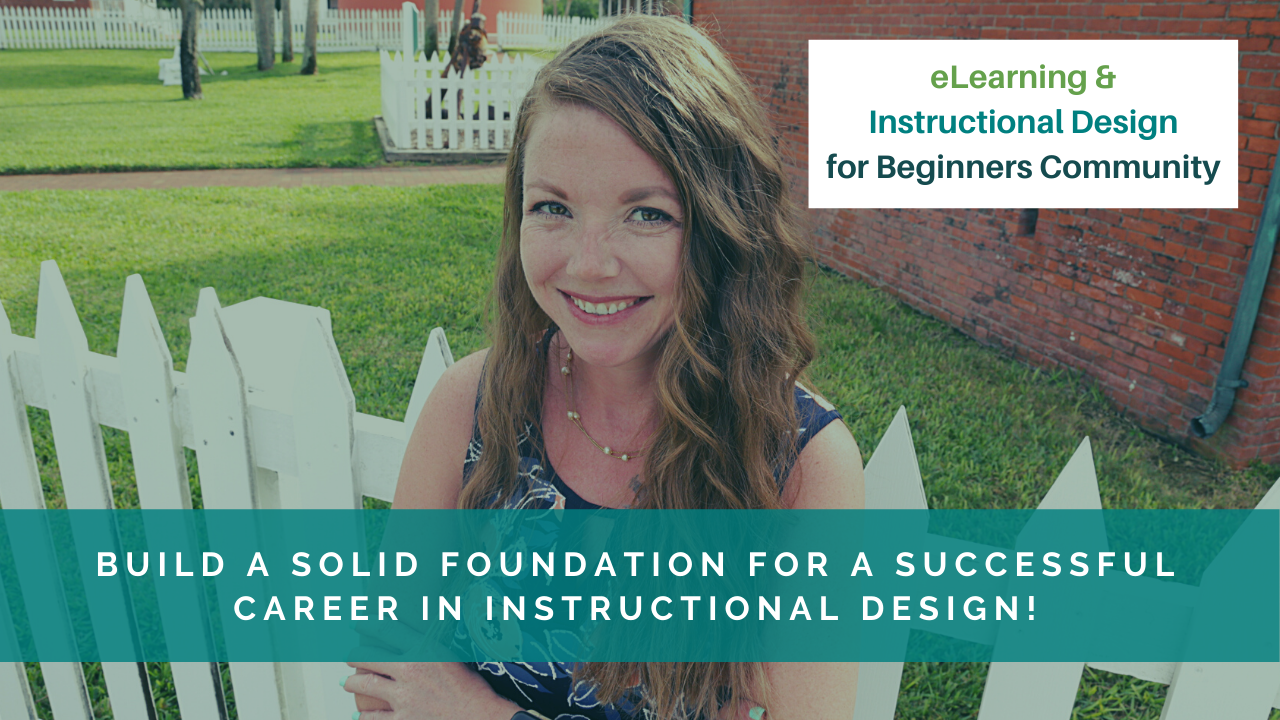
Video-based learning is the knowledge or skills acquired by being taught using videos. It is the most effective and differentiated form of media in the virtual learning environment.
There is a vast amount of research showing that learners understand more and retain information more effectively using video.
Benefits of Video-Based Learning
It is cost-effective.
Videos can be created by simply using a mobile device or camera attached to your computer. Other than that, all you need is a video editing software and a microphone.
They are easy to make.
Due to the simplicity of necessary components and advancements in technology, it does not take much time at all to create an instructional video.
It's easy to share videos.
There are a vast amount of hosting platforms available where you can easily upload and share your videos with your learners. Most learning management systems even allow for you to directly embed the videos into your eLearning course.

Why Video-Based Learning is So Powerful?
There are a variety of reasons as to why this instructional strategy is a vastly growing trend in eLearning instructional design, including:
- Visual symbols are the primary way in which people absorb information. Adding auditory symbols strengthens this acquisition of knowledge by yielding the learner to elaborate the information.
- Video-based learning has the ability to provide learners with the four major factors related to motivation in learning (ARCS):
- Attention
- Relevance
- Confidence
- Satisfaction
- Videos are a powerful support tool because they help learners visualize processes through images, graphics, and animations.
- Videos are fun, bringing in a touch of entertainment to the learner.
- Video-based learning provides more social presence and instructor immediacy in eLearning.
Using videos for learner communication through video-enabled discussion boards and providing assessment feedback leads to improved learner self-assessment, reflection, engagement, and higher performance.
Best Practices in Using Video-Based Learning
Videos can be used as valuable and effective teaching tools when implemented appropriately in an eLearning course. Review the following tips on best practices:
Learning is more effective when it is distributed in chunks.
Providing learners with smaller chunks of videos is extremely meaningful and effective. However, it is okay to provide your learners with longer videos, when necessary.
It has been shown that learners prefer multimedia that enables active learning.
Videos that conform to cognitive thinking with learning multimedia are usually more engaging and memorable, especially when it comes to learning more complex information and processes.
Videos don’t always have to be serious.
Variations in speech and/or adding jokes is a great way to help the learner connect better with the topic.
Embrace imperfection.
It’s helpful for instructional designers to understand the technological challenges when it comes to creating and sharing videos. This will help the instructor seem more human.
Write out your ideas ahead of time.
Provide summary notes, and avoid re-recorded videos.
Video - Based Learning is proven to capture learners’ attention and improve retention.
Want to be a master in creating videos for your eLearning course? Join the eLearning and Instructional Design for Beginners Community.
Start your career in Instructional Design (ID) and eLearning. Build an online course from scratch and finish with mastery. Become a master in eLearning and instructional design without the burden of having to return to school.
Whatever you need help with, the community is there to help you master your skills. Interested in joining the community? Click here to get started
JOIN THE
eLearning and Instructional Design for Beginners Community
- In-depth courses & training
Access my rapidly growing library, attend monthly live training & accountability support groups
- Exclusive tools & members-only discounts
Tools, templates, downloads, checklists and more - plus receive special perks & discounts
- Supportive community & network
Feedback and support from fellow instructional designers, career-driven business owners, and experts who will keep you on track
Get Your Software Toolkit for Instructional Designers
Tools & processes that will help you plan, build, and grow your instructional design career and freelance business.




